Home>Home Appliances>Laundry Appliances>Why Is My Washing Machine Leaving Black Marks On My Clothes
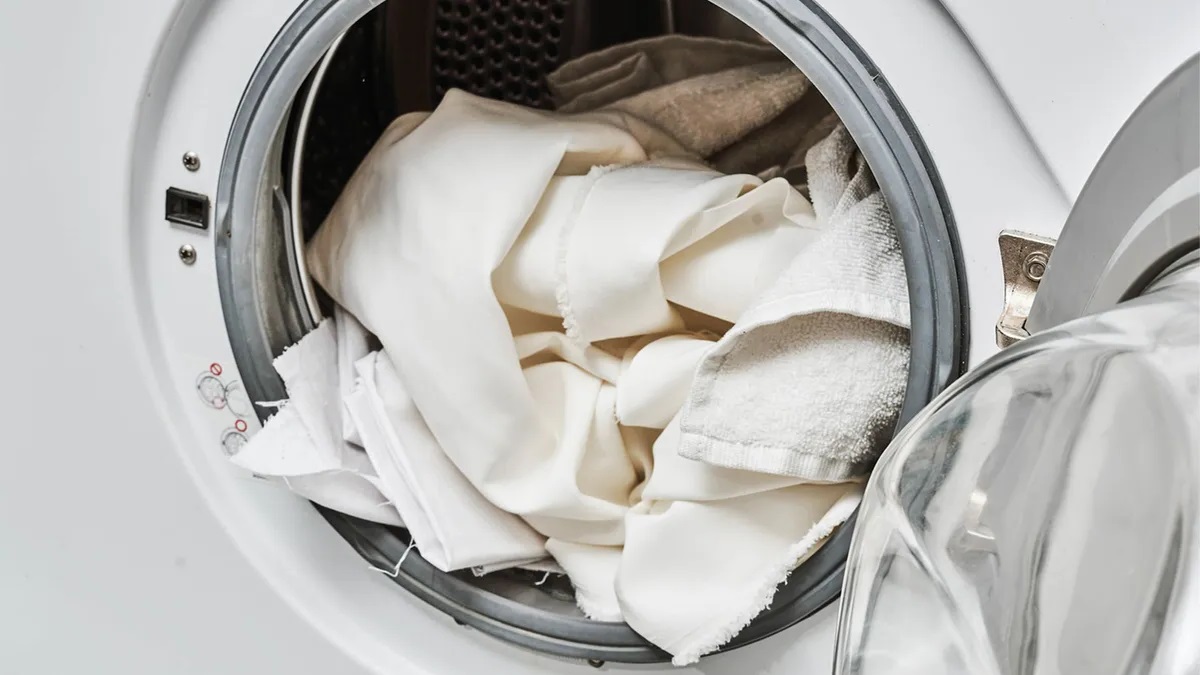

Laundry Appliances
Why Is My Washing Machine Leaving Black Marks On My Clothes
Modified: October 21, 2024
Discover the reasons why your laundry appliances may be leaving black marks on your clothes. Find solutions to prevent this issue and keep your laundry clean and fresh. Explore expert tips and advice.
(Many of the links in this article redirect to a specific reviewed product. Your purchase of these products through affiliate links helps to generate commission for Storables.com, at no extra cost. Learn more)
Common Causes of Black Marks on Clothes
Black marks on clothes after a laundry cycle can be frustrating and perplexing. Several factors can contribute to this issue, and understanding the common causes is crucial for resolving it effectively. Here are the primary culprits behind black marks on clothes:
-
Residue Buildup: Over time, residue from fabric softeners, detergents, and even laundry soils can accumulate in the washing machine. When the machine is overloaded or not cleaned regularly, this residue can transfer onto clothes, leading to unsightly black marks.
-
Worn Out or Damaged Drum: A worn-out or damaged washing machine drum can cause black marks on clothes. The drum's rough surface can snag fabrics, resulting in black streaks or marks during the wash cycle.
-
Foreign Objects: Small, hard objects such as coins, buttons, or even debris from pockets can get trapped in the drum's perforations or gasket. When the machine is in use, these foreign objects can rub against clothes, leaving black marks.
-
Faulty Gasket or Seal: The rubber gasket or door seal of the washing machine can deteriorate over time, leading to cracks, tears, or mold growth. When the gasket is compromised, it can release black particles onto clothes during the wash cycle.
-
Excessive Detergent Usage: Using too much detergent can result in soap residue buildup in the washing machine. This residue can transfer onto clothes, causing black marks and stains.
Understanding these common causes of black marks on clothes is the first step toward resolving the issue. By identifying the specific factor contributing to the problem, you can take targeted steps to address it and prevent future occurrences.
Key Takeaways:
- Keep your washing machine clean to prevent black marks on clothes. Regularly clean the drum, gasket, and dispenser drawer to remove residue buildup and foreign objects. Use high-quality, low-residue detergents and fabric softeners for optimal results.
- Troubleshoot water quality, fabric types, and washing machine components if black marks persist. Consider water softening, delicate wash cycles, and spin cycle balance to prevent fabric damage. Regular maintenance and attention to detail are key to clean laundry.
How to Clean the Washing Machine to Prevent Black Marks
Cleaning your washing machine regularly is essential for preventing black marks on clothes and maintaining its optimal performance. Here's a comprehensive guide on how to clean your washing machine effectively:
-
Run a Maintenance Wash: Periodically run an empty load with hot water and a washing machine cleaner or a mixture of white vinegar and baking soda. This helps remove residue, mold, and mildew that may contribute to black marks on clothes.
-
Clean the Dispenser Drawer: Remove the detergent and fabric softener dispenser drawer and clean it thoroughly. Use a brush and soapy water to remove any buildup of detergent, fabric softener, or mold.
-
Wipe Down the Door Seal and Gasket: The rubber door seal and gasket can harbor mold, mildew, and residue. Wipe them down regularly with a damp cloth and mild detergent to prevent the transfer of black particles onto clothes.
-
Inspect and Clean the Filter: If your washing machine has a filter, check and clean it regularly. A clogged filter can lead to poor drainage and contribute to residue buildup, potentially causing black marks on clothes.
-
Scrub the Drum: Use a non-abrasive sponge or cloth to clean the interior of the washing machine drum. Pay close attention to the drum's surface and remove any residue or buildup that could transfer onto clothes during the wash cycle.
-
Check for Foreign Objects: Inspect the drum and gasket for any foreign objects such as coins, buttons, or lint. Removing these items can prevent them from causing black marks on clothes.
-
Maintain Proper Ventilation: Ensure that the washing machine area is well-ventilated to prevent mold and mildew growth. Leave the door ajar after each wash to allow the interior to dry thoroughly.
-
Use High-Quality Detergents: Opt for high-quality, low-residue detergents and fabric softeners. Using the right products can minimize residue buildup in the washing machine, reducing the risk of black marks on clothes.
By incorporating these cleaning practices into your laundry routine, you can effectively prevent black marks on clothes and prolong the lifespan of your washing machine. Regular maintenance not only ensures clean and fresh-smelling laundry but also minimizes the risk of encountering laundry-related issues.
Checking and Cleaning the Drum and Gasket
Checking and cleaning the drum and gasket of your washing machine is a crucial step in preventing black marks on clothes and maintaining the overall cleanliness of the appliance. The drum, where the clothes are loaded, and the gasket, which forms a seal around the door, are areas where residue, mold, and foreign objects can accumulate, potentially leading to laundry-related issues.
To begin, start by inspecting the drum for any visible residue or foreign objects. Wipe the interior of the drum with a damp cloth to remove any buildup of detergent, fabric softener, or lint. Pay close attention to the drum's surface, ensuring that it is free from any deposits that could transfer onto clothes during the wash cycle. Additionally, check for any small, hard objects such as coins or buttons that may have become lodged in the perforations of the drum. Removing these items is essential for preventing damage to clothes and minimizing the risk of black marks.
Moving on to the gasket, carefully examine the rubber seal that lines the door of the washing machine. The gasket is prone to collecting mold, mildew, and residue, particularly in areas that are often damp or inaccessible during regular use. Use a mild detergent and a soft brush or cloth to clean the gasket thoroughly, ensuring that any accumulated debris or residue is removed. Pay special attention to the folds and crevices of the gasket, as these areas are common spots for mold and residue buildup. By keeping the gasket clean and free from mold, you can prevent the transfer of black particles onto clothes and maintain the overall hygiene of the washing machine.
In addition to regular cleaning, it is important to incorporate preventive measures to minimize residue and mold accumulation in the drum and gasket. Using high-quality, low-residue detergents and fabric softeners can significantly reduce the buildup of deposits in these areas. Furthermore, maintaining proper ventilation in the laundry area and leaving the washing machine door ajar after each use can help prevent mold and mildew growth, contributing to a cleaner and more efficient appliance.
By routinely checking and cleaning the drum and gasket of your washing machine, you can effectively mitigate the risk of black marks on clothes and ensure that your laundry is consistently clean and free from unwanted stains or residues. This proactive approach to maintenance not only enhances the performance of the washing machine but also prolongs its longevity, providing you with reliable and high-quality laundry results.
Check the rubber door seal for mold and mildew buildup. Clean it with a mixture of water and vinegar, and run a hot wash cycle with no clothes to remove any remaining residue.
Using the Right Detergent and Fabric Softener
Selecting the appropriate detergent and fabric softener is paramount in maintaining the cleanliness of your laundry and preventing the occurrence of black marks on clothes. The choice of laundry products significantly influences the residue buildup in the washing machine, ultimately impacting the quality of the wash and the condition of your garments.
When it comes to detergents, opt for high-quality, low-residue formulas specifically designed for modern washing machines. These detergents are formulated to minimize the accumulation of soap scum and residue in the machine, reducing the likelihood of black marks on clothes. Look for detergents labeled as "HE" (high efficiency) if you have a high-efficiency washing machine, as they are formulated to produce fewer suds and are compatible with front-loading and top-loading HE machines.
Similarly, when selecting a fabric softener, choose products that are formulated to be low in residue and gentle on fabrics. Excessive use of fabric softeners with high residue content can contribute to the buildup of black marks on clothes. Opt for fabric softeners that are labeled as "HE" or "low-residue" to ensure compatibility with your washing machine and to minimize the risk of residue transfer onto clothes.
Furthermore, consider using fabric softener sparingly, as excessive use can lead to the accumulation of residues in the washing machine and on clothes. Follow the manufacturer's guidelines regarding the recommended amount of detergent and fabric softener to use per load, and avoid exceeding the recommended dosage. By using the appropriate amount of detergent and fabric softener, you can effectively maintain the cleanliness of your laundry and reduce the likelihood of encountering black marks or stains.
In addition to selecting the right products, it is essential to clean the detergent and fabric softener dispenser drawer regularly. Residue and buildup in the dispenser drawer can transfer onto clothes during the wash cycle, leading to unwanted marks and stains. By keeping the dispenser drawer clean and free from residue, you can ensure that your laundry products are dispensed properly and that your clothes emerge from the wash cycle clean and free from black marks.
By prioritizing the use of high-quality, low-residue detergents and fabric softeners, and maintaining the cleanliness of the dispenser drawer, you can effectively minimize the risk of black marks on clothes and maintain the overall cleanliness and hygiene of your washing machine. These proactive measures contribute to consistently clean and fresh-smelling laundry, providing you with peace of mind and optimal laundry results.
Troubleshooting Other Possible Issues
In some cases, black marks on clothes may persist despite regular cleaning and maintenance of the washing machine. When this occurs, it is essential to explore additional factors that could contribute to the issue and take proactive steps to address them effectively.
One potential factor to consider is the water quality in your area. Hard water, which contains high levels of minerals such as calcium and magnesium, can lead to the formation of soap scum and mineral deposits in the washing machine. These deposits can transfer onto clothes during the wash cycle, resulting in black marks and stains. Installing a water softener or using water softening agents can help mitigate the effects of hard water and reduce the risk of residue buildup in the washing machine.
Furthermore, inspecting the condition of the washing machine's agitator or impeller is crucial. If these components are worn out or damaged, they can cause excessive friction against clothes during the wash cycle, leading to black marks and fabric damage. In such cases, consulting a professional technician to assess and potentially replace the agitator or impeller can help resolve the issue and prevent further damage to clothes.
Additionally, evaluating the washing machine's spin cycle is important. A malfunctioning or unbalanced spin cycle can result in clothes rubbing against the drum or other internal components, potentially causing black marks. Ensuring that the washing machine is level and properly balanced, and addressing any issues with the spin cycle, can help prevent clothes from coming into contact with the drum or agitator during the wash cycle, reducing the risk of black marks and stains.
It is also essential to consider the type of fabrics and garments being washed. Delicate or loosely woven fabrics are more susceptible to snagging and abrasion during the wash cycle, which can lead to the formation of black marks. Using a gentle or delicate wash cycle for such items, and placing them in mesh laundry bags to minimize friction, can help protect delicate fabrics from damage and reduce the likelihood of black marks.
By troubleshooting these potential issues and taking proactive measures to address them, you can effectively minimize the occurrence of black marks on clothes and ensure that your laundry emerges from the washing machine clean, fresh, and free from unwanted stains. Regular maintenance, attention to water quality, and consideration of fabric types are key elements in maintaining the optimal performance of your washing machine and preserving the quality of your garments.
Having trouble with your washing machine? If you've figured out what's causing those pesky black marks, perhaps you're facing other issues with your washer. Whether it's a leak, a strange noise, or it just won't start, learning to troubleshoot and fix your laundry appliance can save you both time and money. Don't let washer woes disrupt your day; check out our handy guide on how to fix a washer machine. You'll be surprised at what you can fix with a little know-how!
Frequently Asked Questions about Why Is My Washing Machine Leaving Black Marks On My Clothes
Was this page helpful?
At Storables.com, we guarantee accurate and reliable information. Our content, validated by Expert Board Contributors, is crafted following stringent Editorial Policies. We're committed to providing you with well-researched, expert-backed insights for all your informational needs.
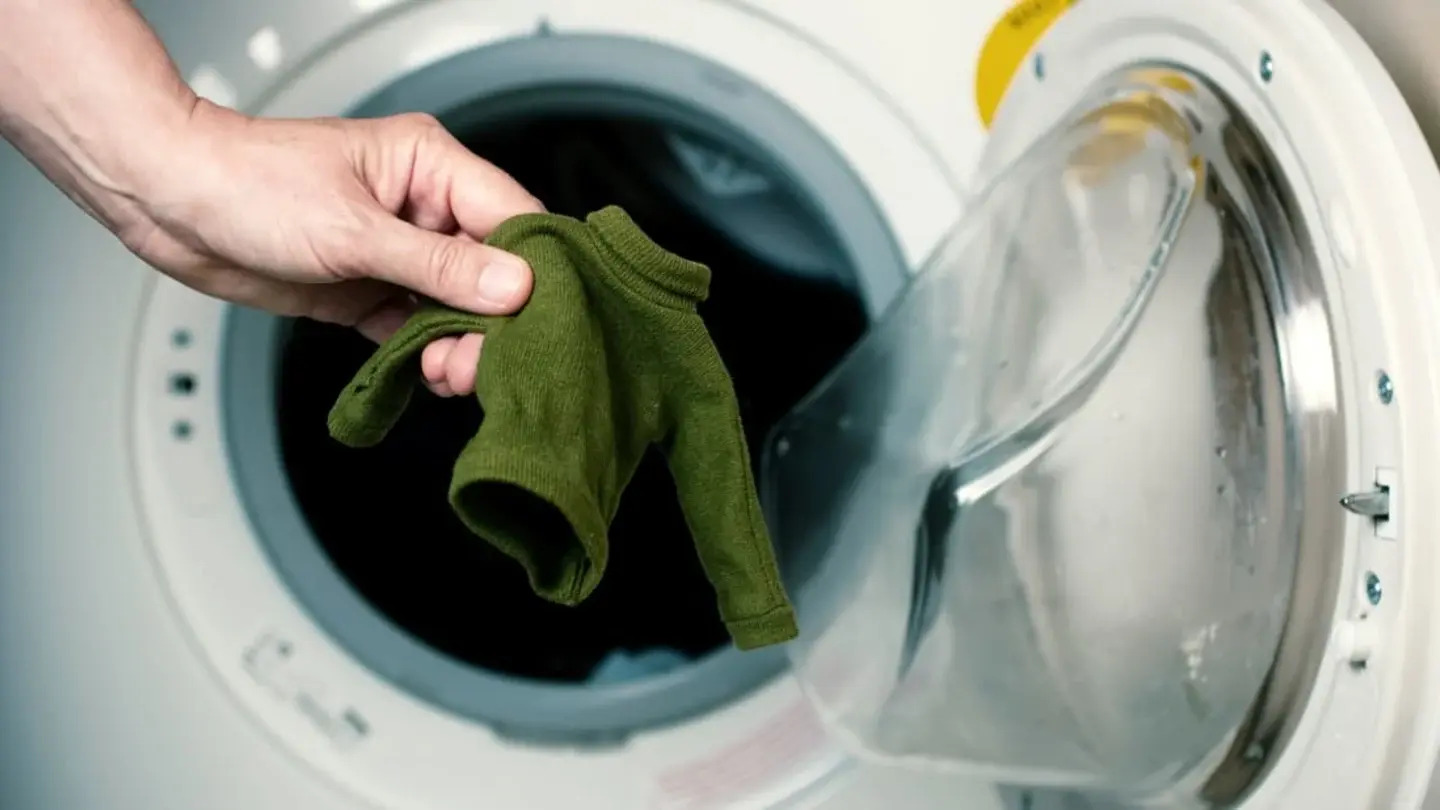




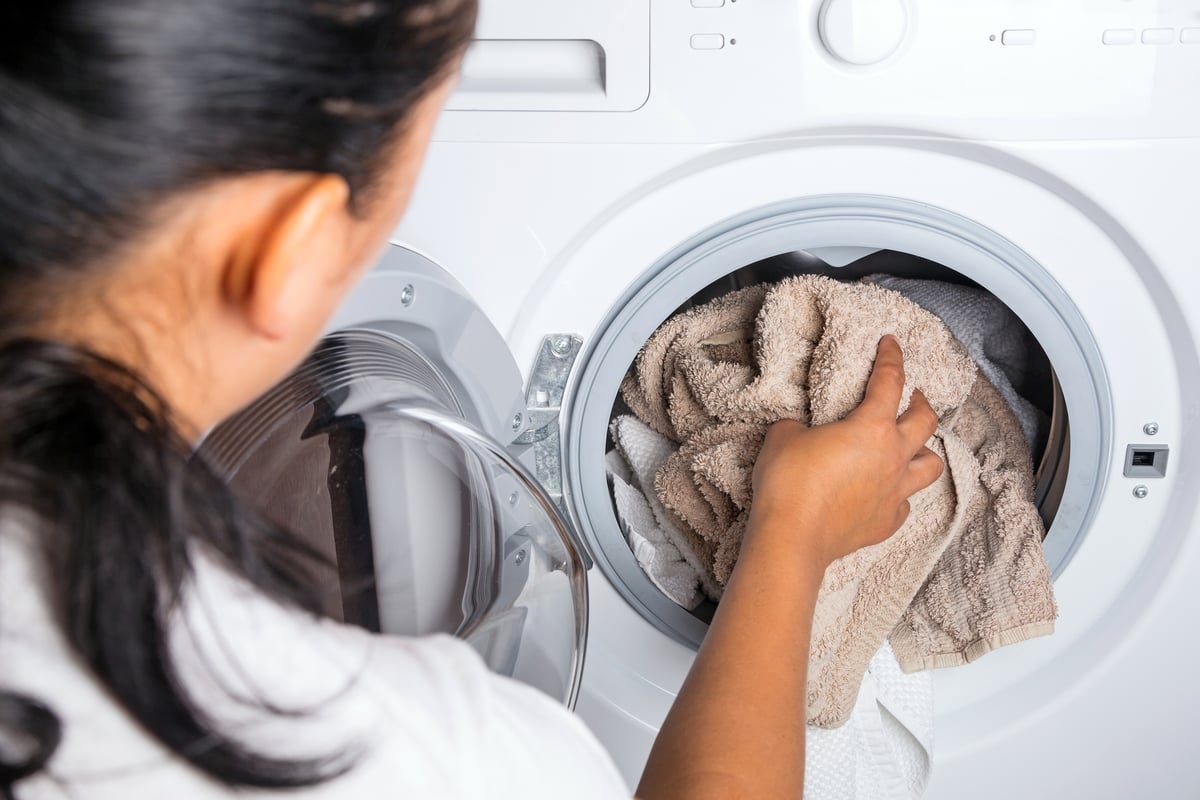
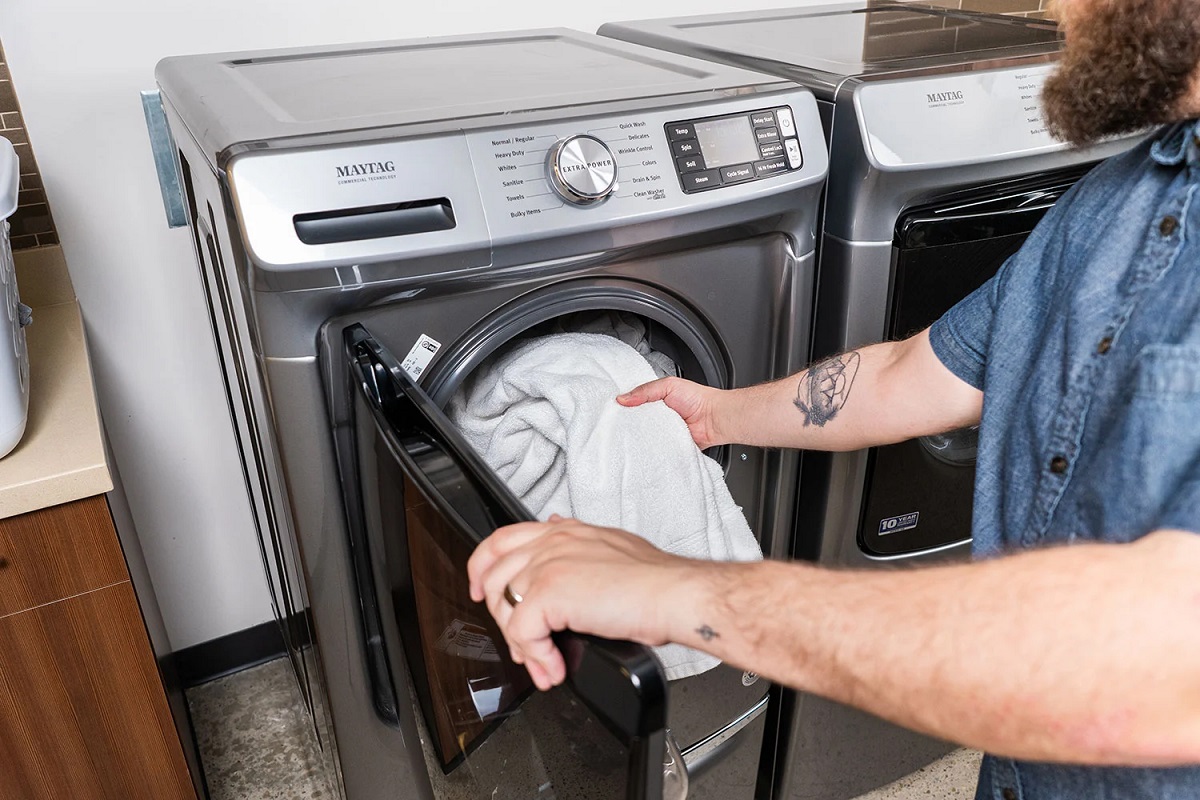
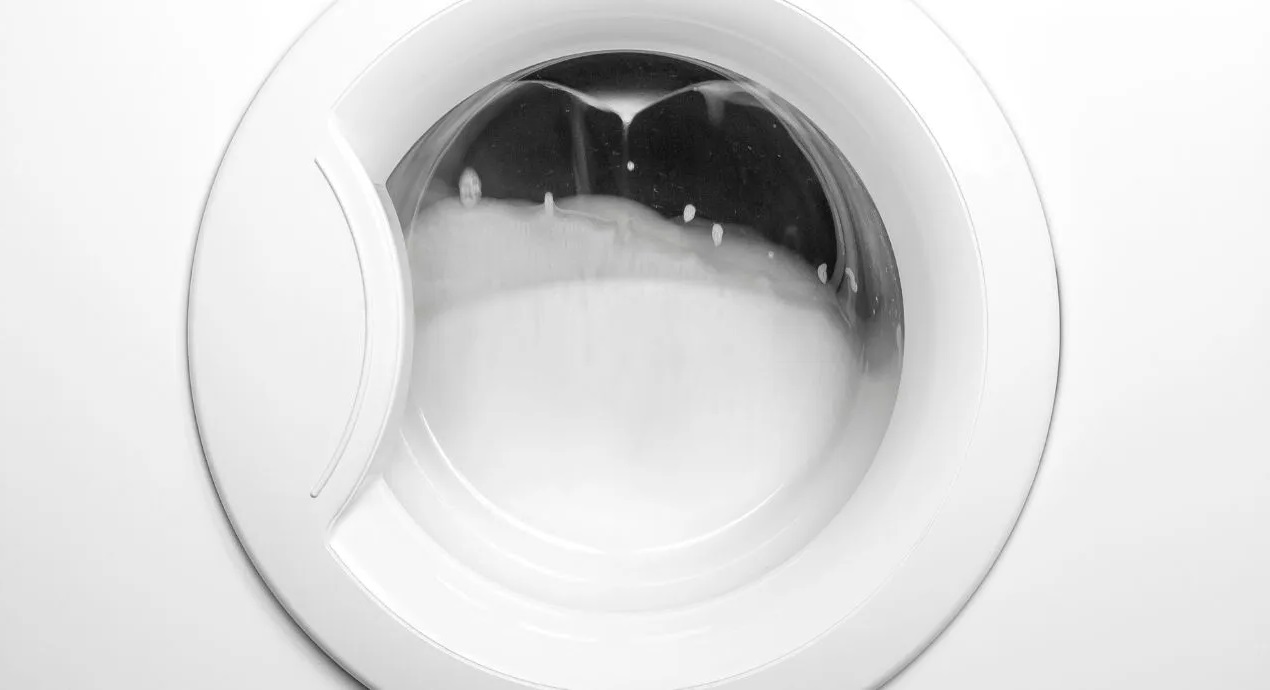

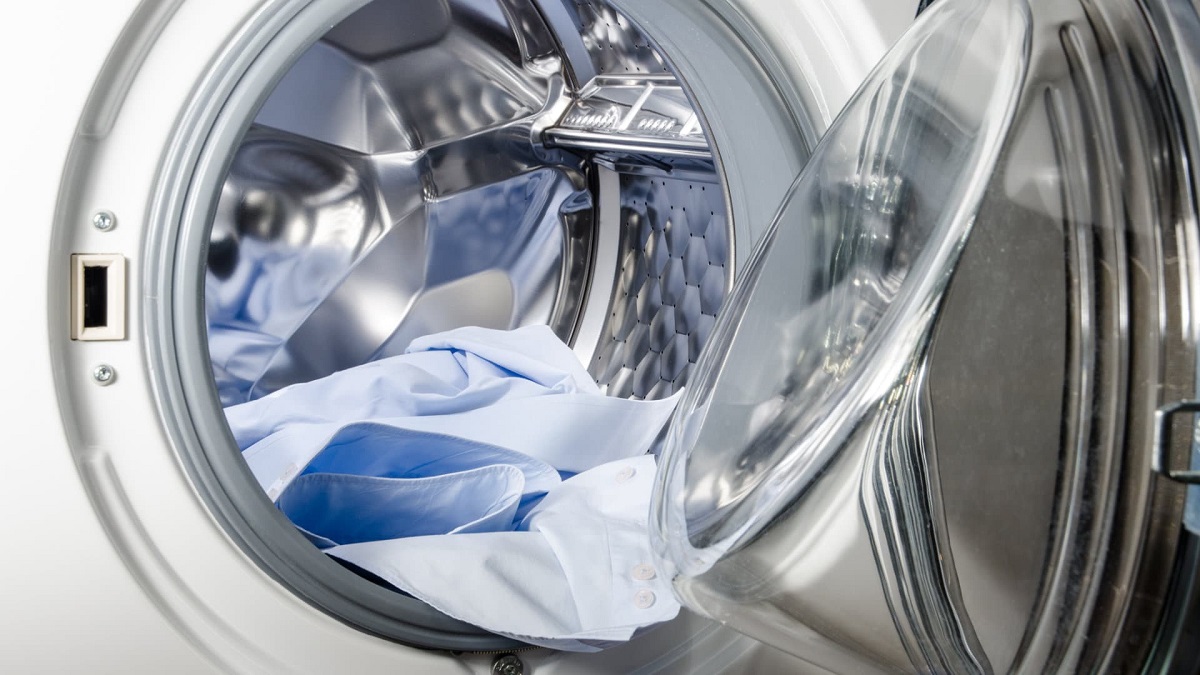

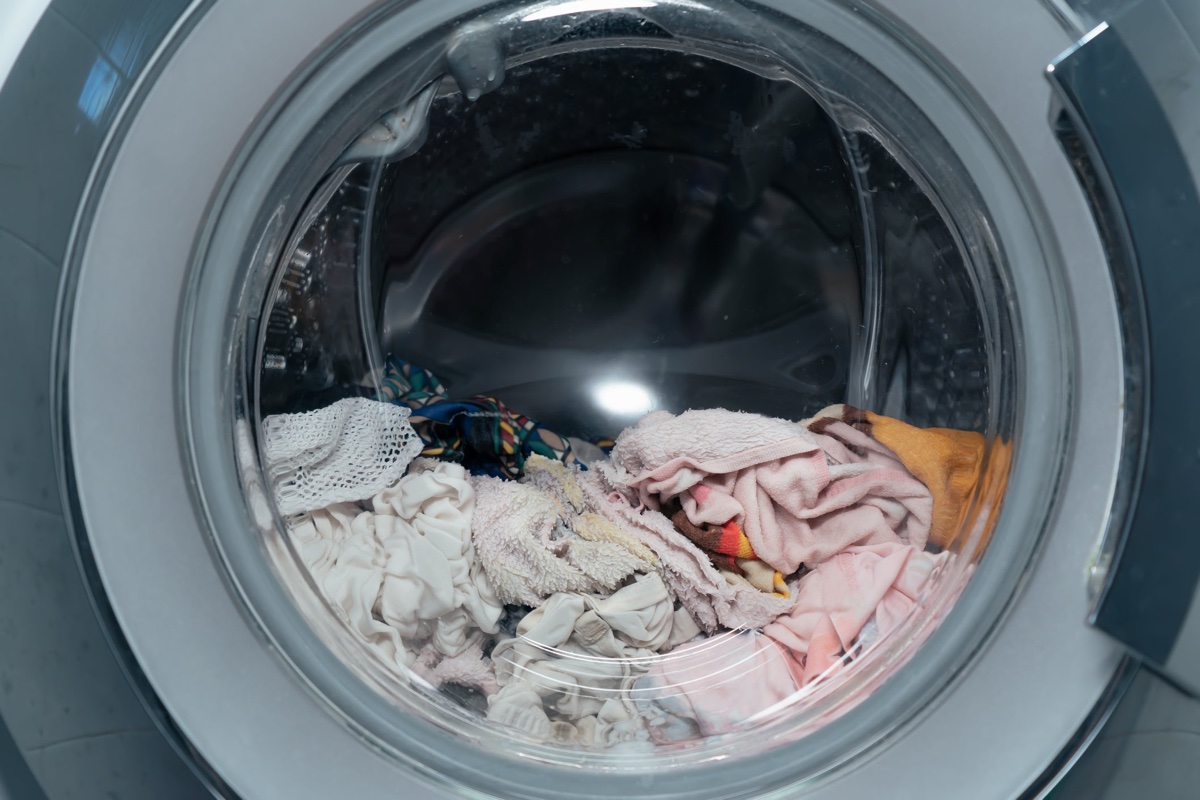
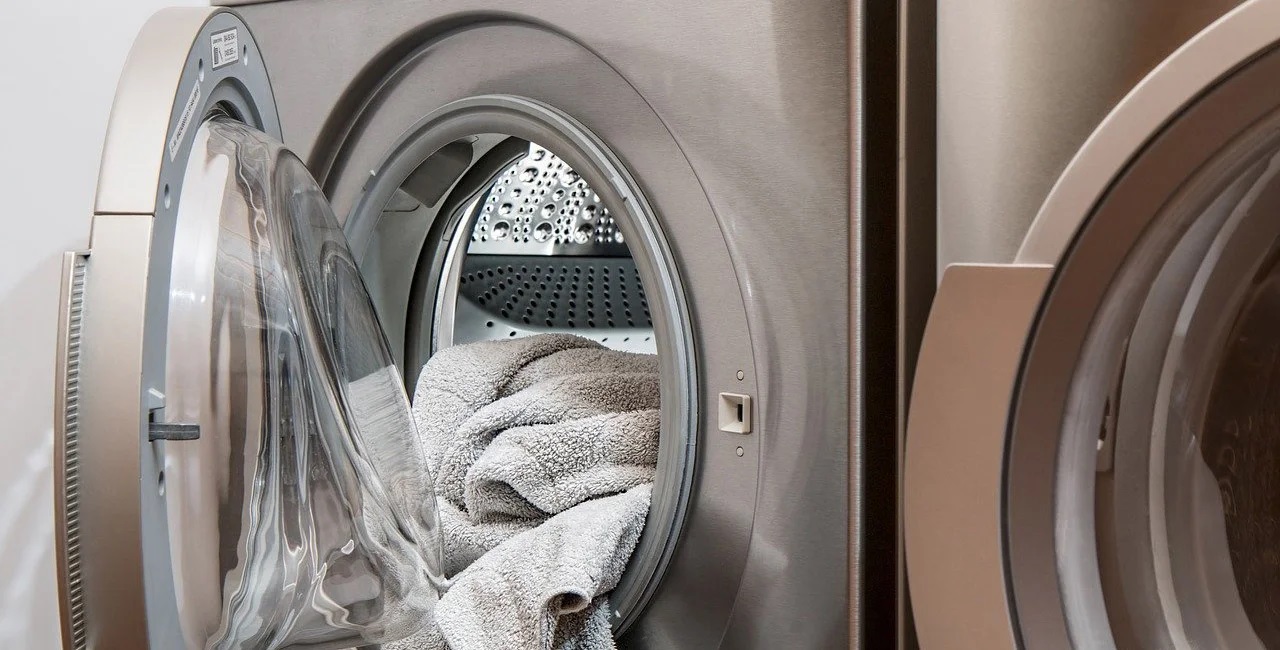

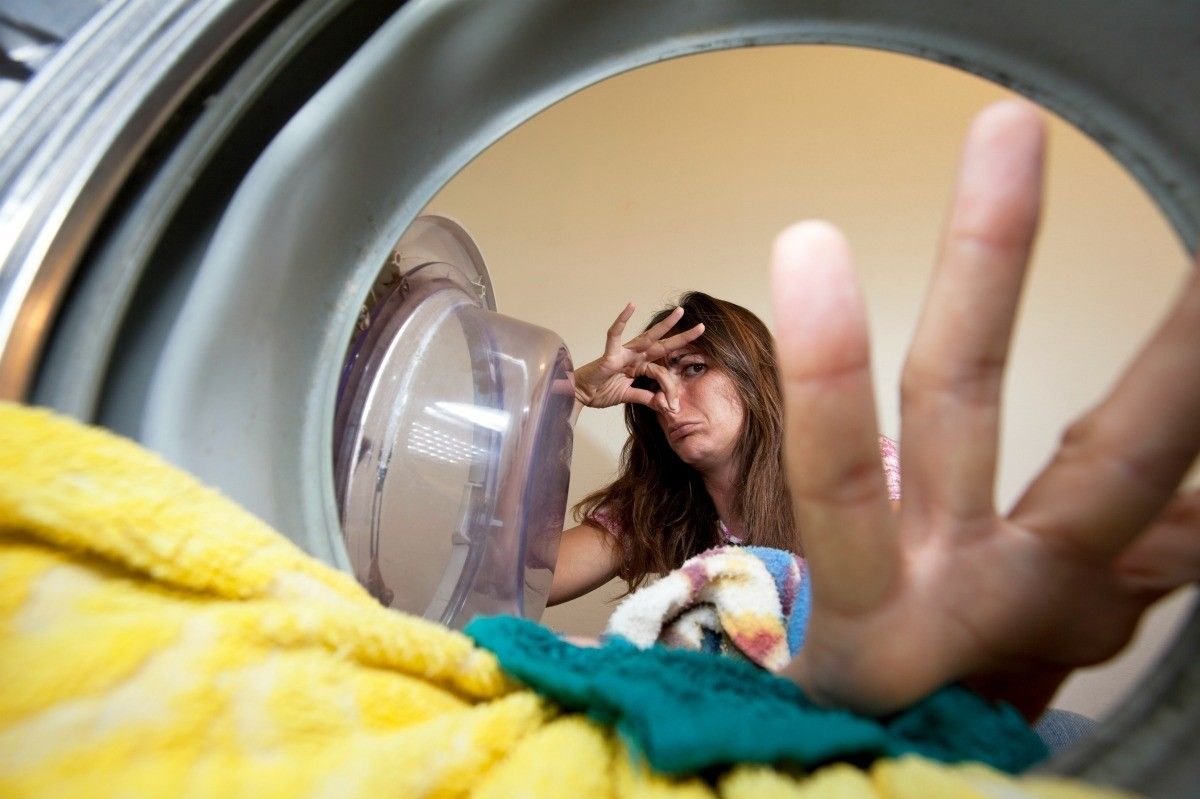

0 thoughts on “Why Is My Washing Machine Leaving Black Marks On My Clothes”